Did you know that over 2,500 military working dogs currently serve in the U.S. Armed Forces, performing missions that even advanced technology can’t replicate? According to the American Humane Association, these heroic canines save thousands of lives each year through detection, protection, and loyalty beyond measure.
From ancient battlefields to modern-day special operations, war dogs have stood beside soldiers as silent guardians and fearless partners. Their courage isn’t trained — it’s instinctive, born from devotion and trust.
Whether tracking enemies, detecting explosives, or comforting troops, these dogs embody bravery in its purest form. Every mission they undertake strengthens the bond between human and canine.
What’s truly amazing is their emotional intelligence — they sense stress, danger, and even grief in their handlers. That makes them more than soldiers; they’re lifelines.
Let’s honor these extraordinary heroes as we explore seven faithful military dogs still serving bravely around the world.
Loyal War Dog Breeds Still in Service Today
1. German Shepherd

The German Shepherd’s military story began over a century ago, during World War I, when they served as messengers, sentries, and rescuers.
Their unmatched versatility and loyalty quickly earned them a permanent place in armies around the world. Even today, their reputation as the gold standard of military working dogs remains unchallenged.
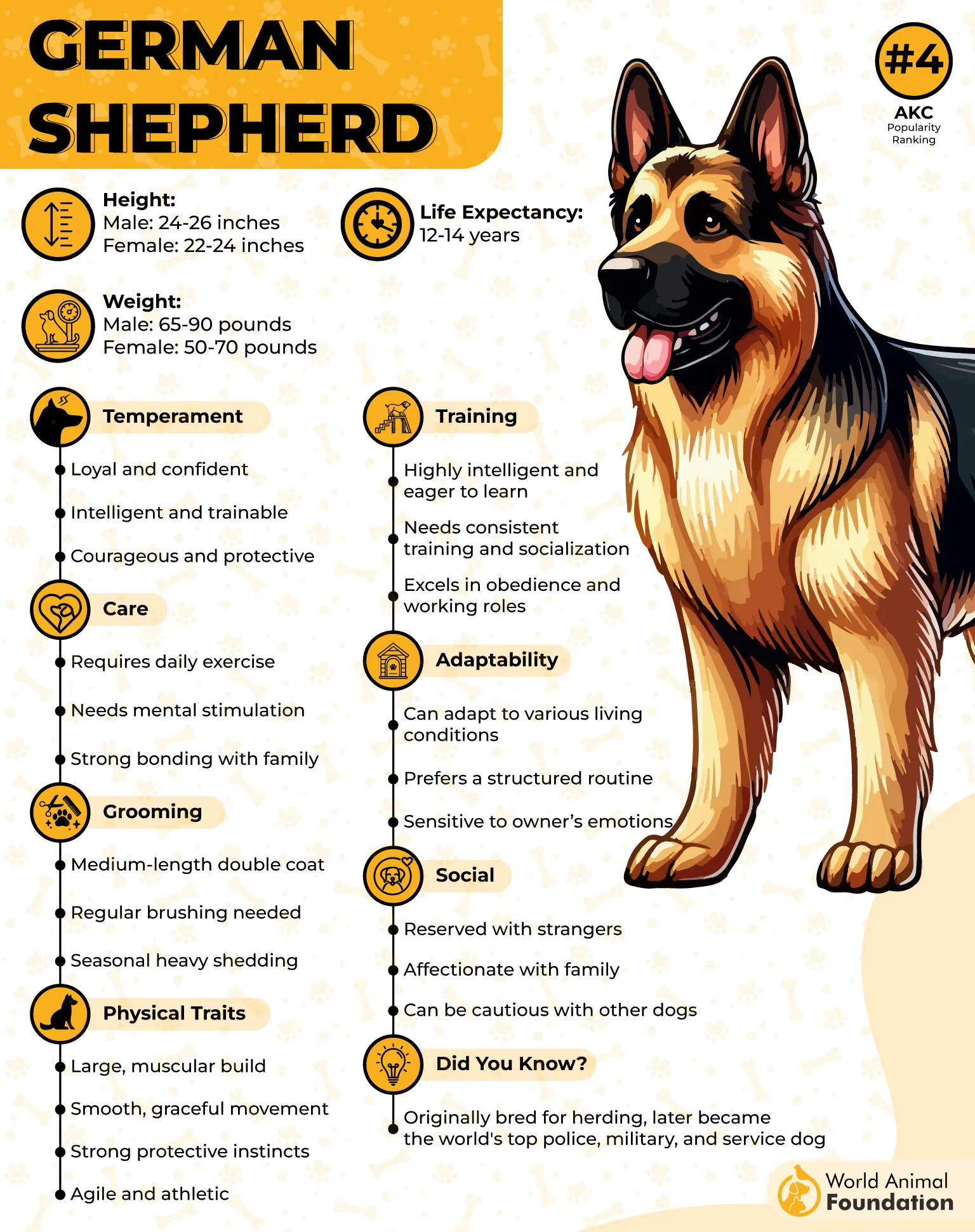
Imagine a German Shepherd charging through smoke and chaos, guided by nothing but the voice of its handler. That image alone captures what makes this breed a living legend among war dogs — fearless, focused, and fiercely protective.
Signature Skills & Strengths:
Exceptional intelligence and rapid learning
Precise obedience and control under fire
Strong protective instincts and detection abilities
Temperament & Bond with Handlers:
Deeply loyal and emotionally attuned to commands
Calm under pressure, but quick to actForms lifelong bonds with military handlers
Today, German Shepherds serve in elite police and military units worldwide, from U.S. K9 forces to NATO operations. They specialize in tracking, narcotics detection, and rescue missions.
Fun fact: A German Shepherd named “Chips” was awarded the Distinguished Service Cross and Purple Heart for his bravery during World War II, cementing this breed’s status as the ultimate canine hero.
2. Belgian Malinois

If any breed redefines modern heroism, it’s the Belgian Malinois. This agile powerhouse became a top military asset after its incredible performance with special operations teams like the U.S. Navy SEALs.
WebMD notes that their speed, focus, and stamina make them indispensable in missions that push even the toughest soldiers to their limits.

Watch a Malinois in action, and you’ll see controlled energy personified. They sprint, leap, and respond to hand signals with breathtaking precision. There’s something magnetic about their work ethic — they seem born for the battlefield.
Signature Skills & Strengths:
Lightning-fast reflexes and athleticism
High energy and mental endurance
Keen scent-tracking and detection ability
Temperament & Bond with Handlers:
Highly driven and thrives on purpose
Deeply bonded with handlers through respect and mutual trust
Confident, disciplined, and adaptable to changing environments
In today’s military, Belgian Malinois are preferred for high-risk missions — from parachuting into war zones to sniffing out explosives.
The “wow” factor: A Malinois named Cairo helped U.S. Navy SEAL Team 6 during the operation that captured Osama bin Laden. That single mission made the breed a global symbol of courage and elite canine intelligence.
3. Labrador Retriever
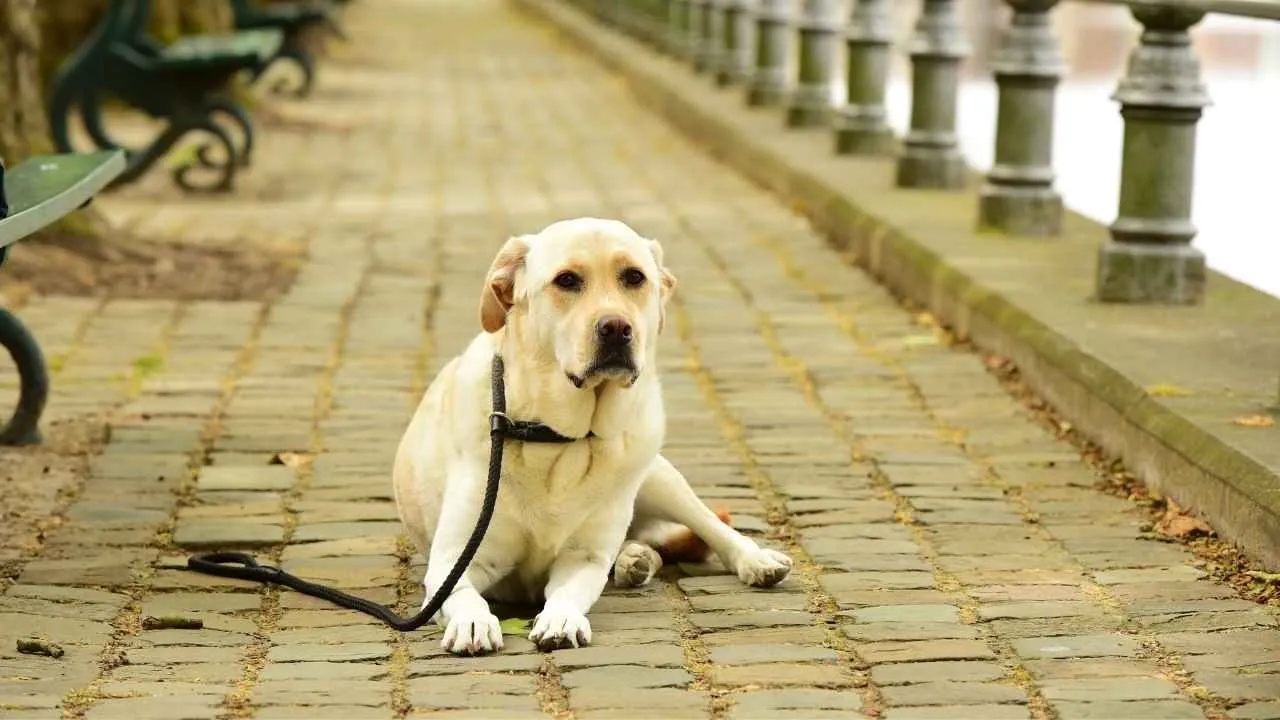
The Labrador Retriever has a softer face but a soldier’s heart. Originally bred for retrieving game, Labs transitioned into the military due to their incredible scenting skills and calm temperament.
They’re the go-to dogs for bomb detection, search and rescue, and emotional support for soldiers in active duty.

A Labrador on duty exudes quiet confidence — tail wagging slightly, nose to the ground, scanning for danger invisible to the human eye. Their steady nature is what makes them indispensable in chaotic environments.
Signature Skills & Strengths:
Extraordinary scent detection, especially for explosives
High endurance and adaptability in diverse terrains
Gentle precision when handling delicate search tasks
Temperament & Bond with Handlers:
Empathetic and emotionally intelligent
Easy to train and incredibly eager to please
Strong attachment to their human partners
Modern Labradors continue to work with armed forces around the globe, often paired with bomb squads or recovery teams. Their ability to balance bravery with compassion makes them invaluable.
A remarkable fact: Labradors were the first dogs officially trained as guide and detection dogs in the British Army, proving that kindness and courage can indeed share the same fur.
4. Doberman Pinscher
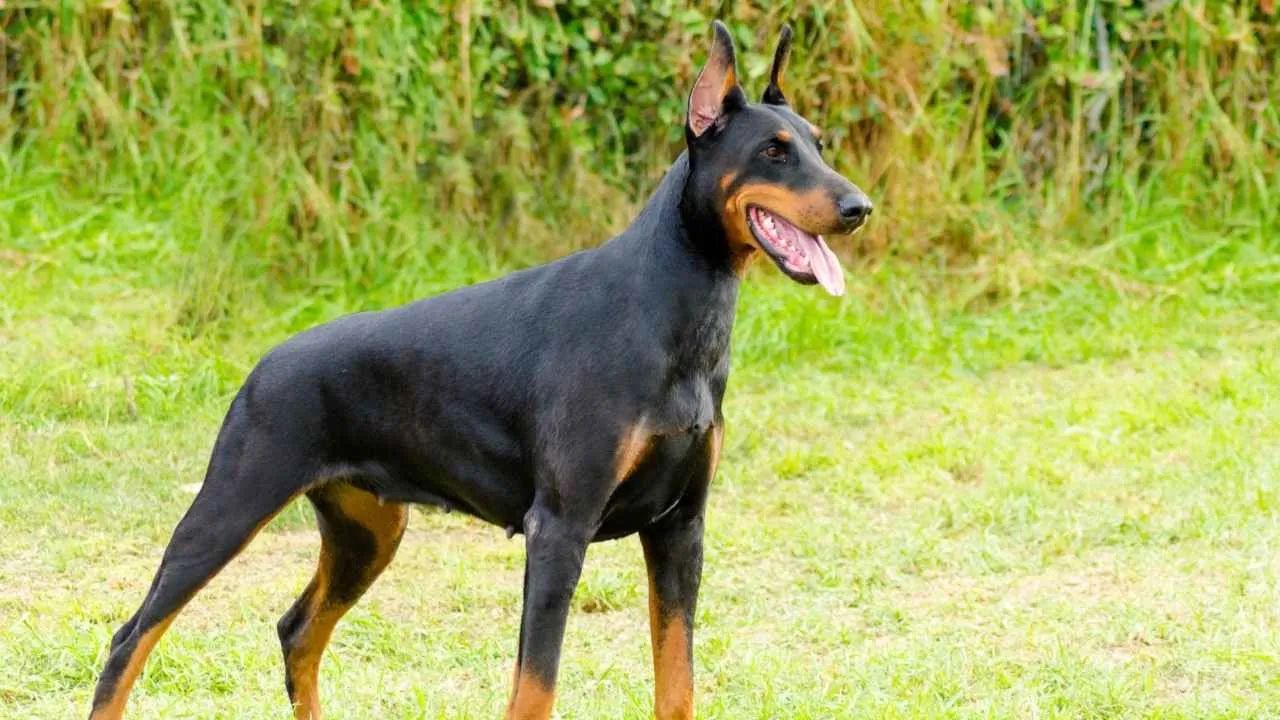
The Doberman Pinscher has a war record that commands respect. Known as “Devil Dogs” during World War II, they served as scouts, messengers, and sentries for the U.S. Marine Corps in the Pacific.
Purina notes that their sharp intelligence and unwavering focus made them the ultimate battlefield companions.
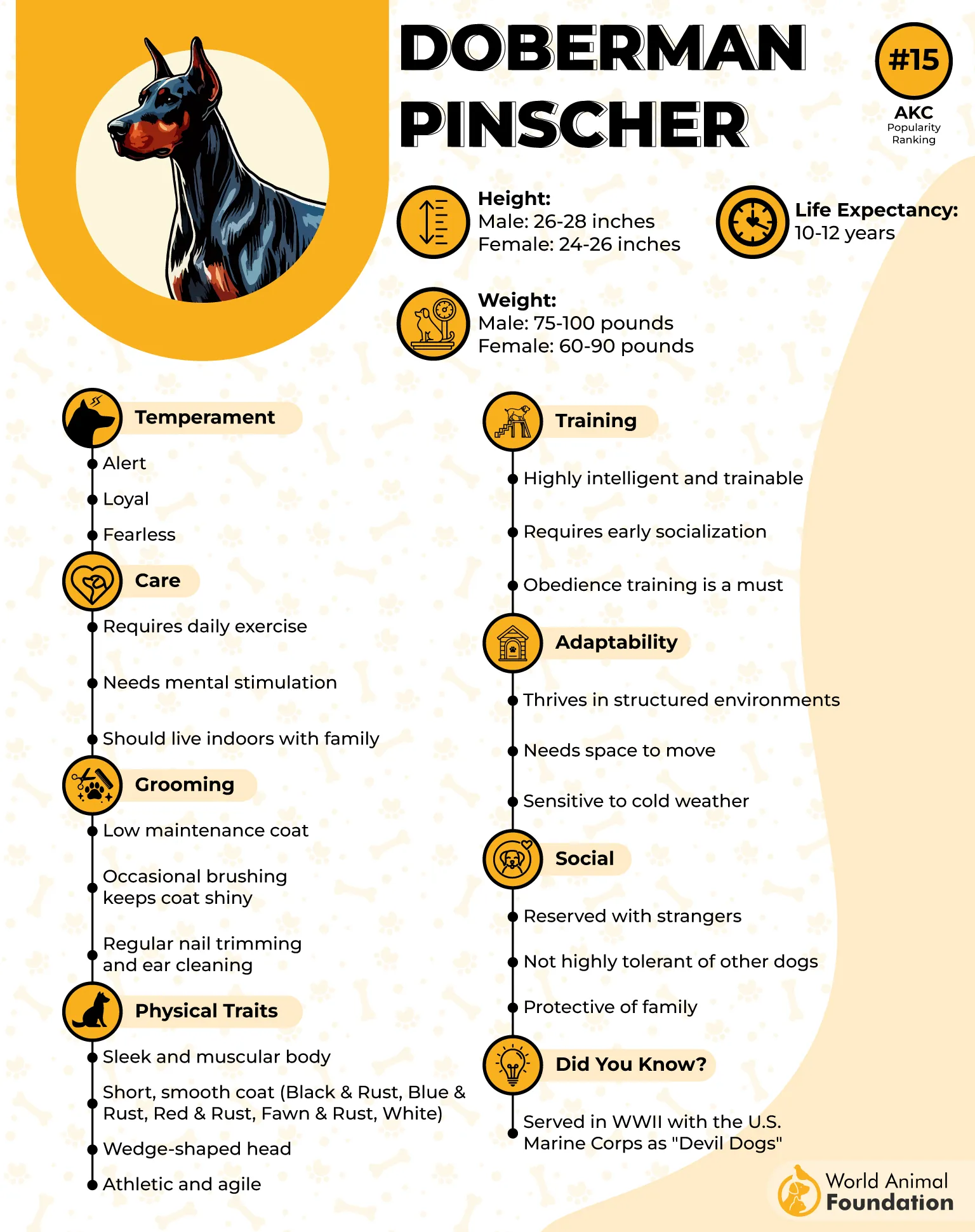
Picture a Doberman cutting through jungle terrain, ears high, eyes sharp, guarding its troop with unbreakable resolve. They move with elegance and purpose — a mix of grace and grit that few breeds can match.
Signature Skills & Strengths:
Exceptional alertness and stamina
Natural guarding instincts
High trainability with quick reaction time
Temperament & Bond with Handlers:
Deeply protective and loyal to one primary handler
Bold yet sensitive to human emotion
Balances intensity with affection off duty
Today, Dobermans still serve in police and security units worldwide, admired for their precision and loyalty.
Their legacy lives on through Kurt, a Doberman who became the first canine casualty of WWII and is honored at the War Dog Memorial in Guam — a timeless symbol of bravery that never fades.
5. Rottweiler
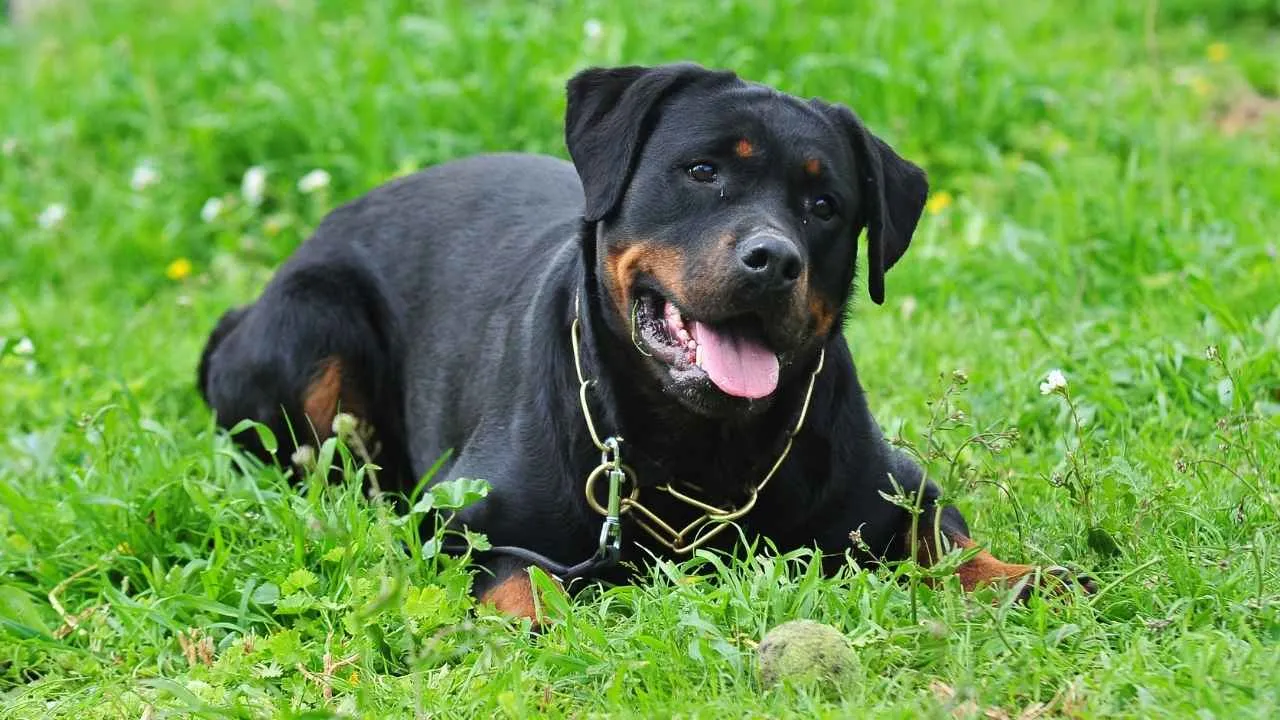
Rottweilers were among the earliest working dogs to aid humans in warfare, pulling carts and guarding camps long before mechanized transport existed.
Their history stretches back to the Roman Empire, where they herded cattle for legions on the march — power and endurance in perfect sync.
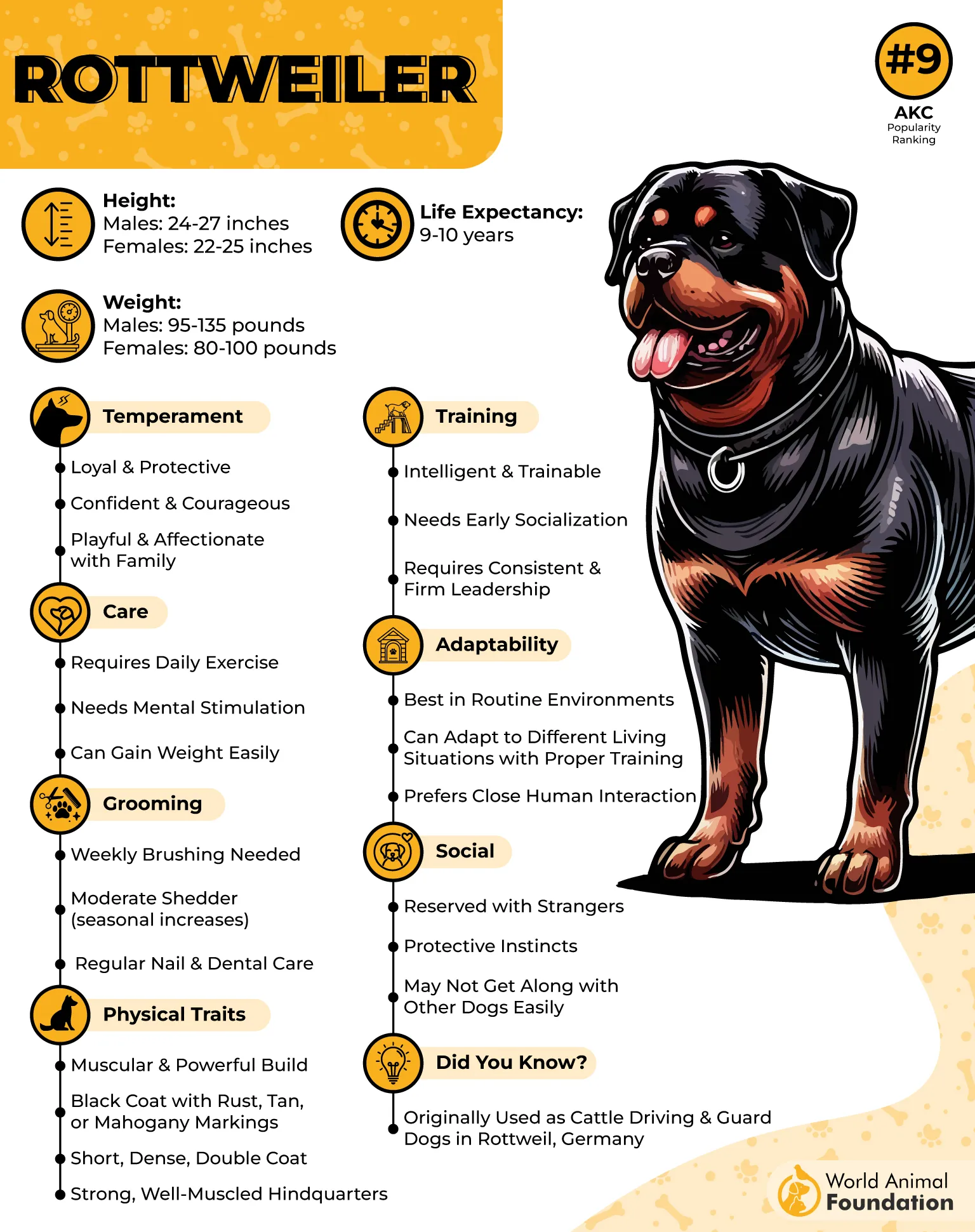
A Rottweiler on duty is the embodiment of controlled power. Their presence alone commands respect, and their intelligence gives them the edge in security and patrol roles.
Signature Skills & Strengths:
Incredible strength and determination
Keen sense of territory and danger
Outstanding endurance and focus
Temperament & Bond with Handlers:
Fiercely loyal and protective
Highly trainable with a calm temperament under direction
Affectionate when off duty, forming deep human bonds
In modern service, Rottweilers are trusted in protection and law enforcement units. They excel in roles that require both intimidation and restraint.
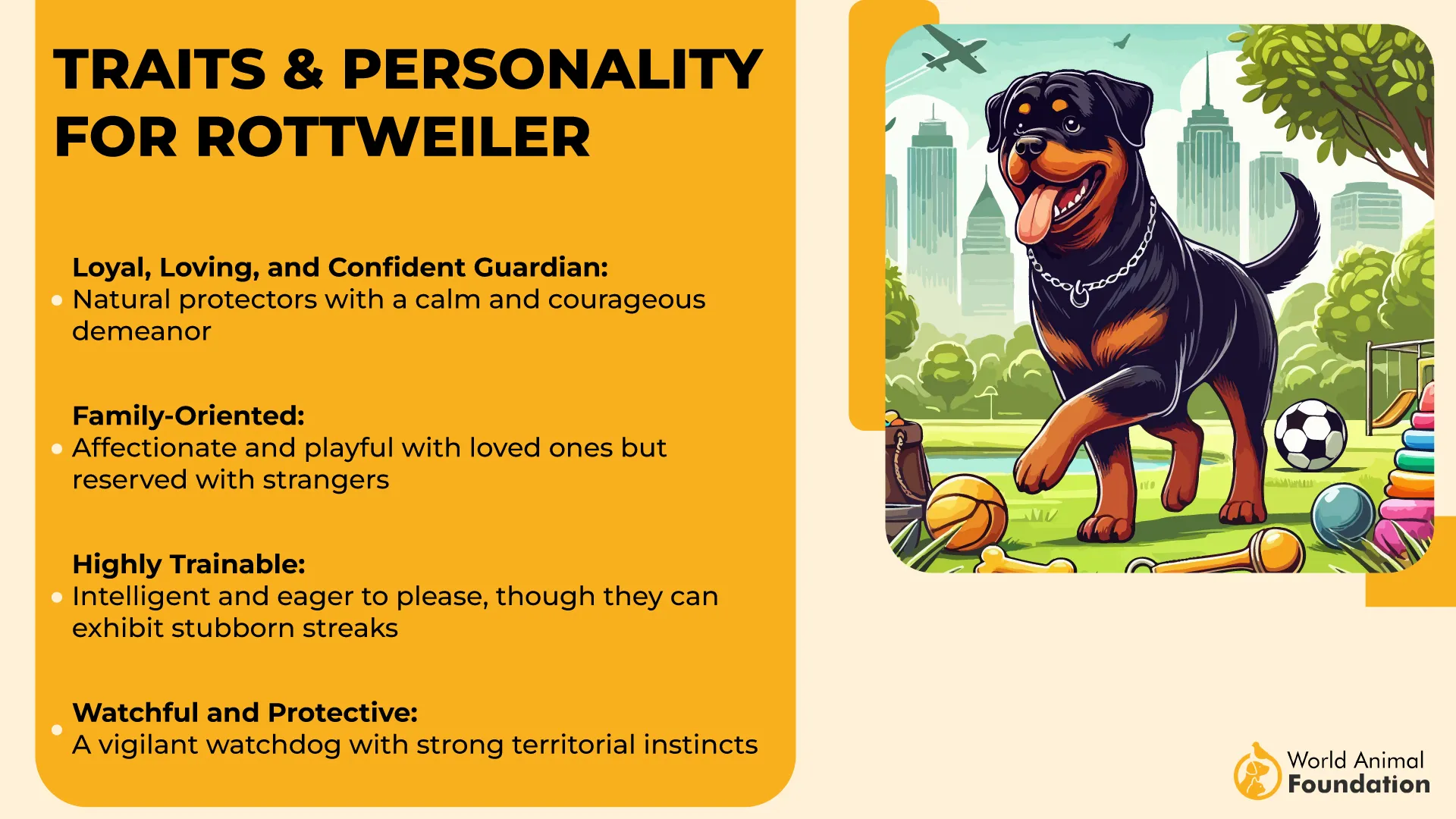
Here’s the wow fact: During WWI, Rottweilers served as ambulance and messenger dogs, often carrying supplies through active fire zones. Their courage proved that true loyalty walks on four legs and never wavers under pressure.
6. Dutch Shepherd

The Dutch Shepherd may not be as well-known as its cousins, but its contributions to military work are equally impressive. AKC claims that originally bred for herding in the Netherlands, this breed’s intelligence and adaptability made it a natural fit for police and armed forces.
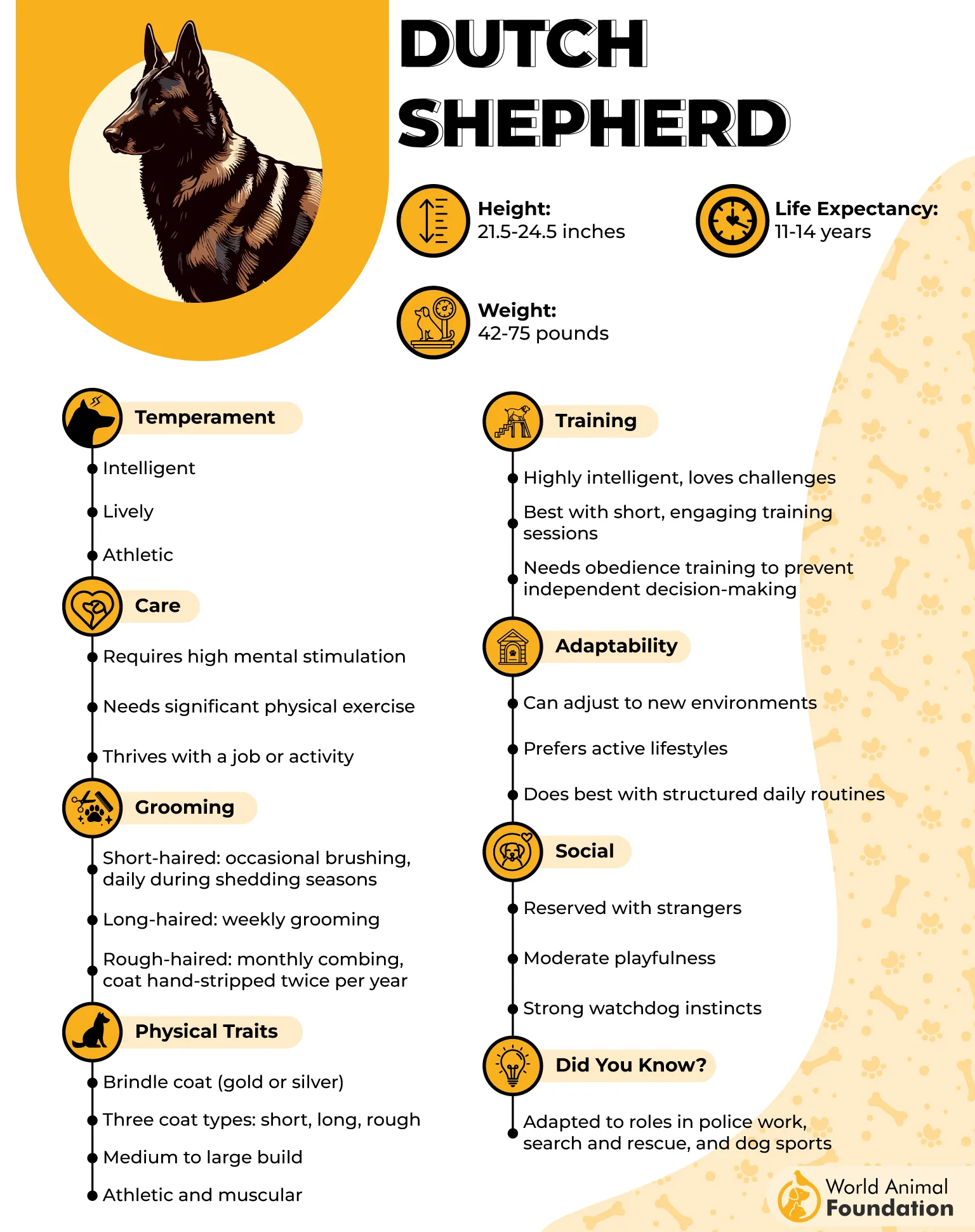
Watching a Dutch Shepherd in training feels like witnessing instinct in motion — swift, responsive, and almost telepathically connected to its handler. Their balanced temperament makes them both fierce protectors and patient learners.
Signature Skills & Strengths:
High adaptability across climates and tasks
Superior tracking and obedience
Balanced drive between aggression and control
Temperament & Bond with Handlers:
Even-tempered and calm under stress
Devoted, with a cooperative nature
Strong desire to work as part of a team
Today, Dutch Shepherds serve with European and American K9 units, excelling in narcotics detection, crowd control, and tactical response.
A standout fact: Their rarity and consistent success in high-pressure missions have made them a secret weapon for elite global security forces, proving that brilliance sometimes operates quietly.
7. Siberian Husky
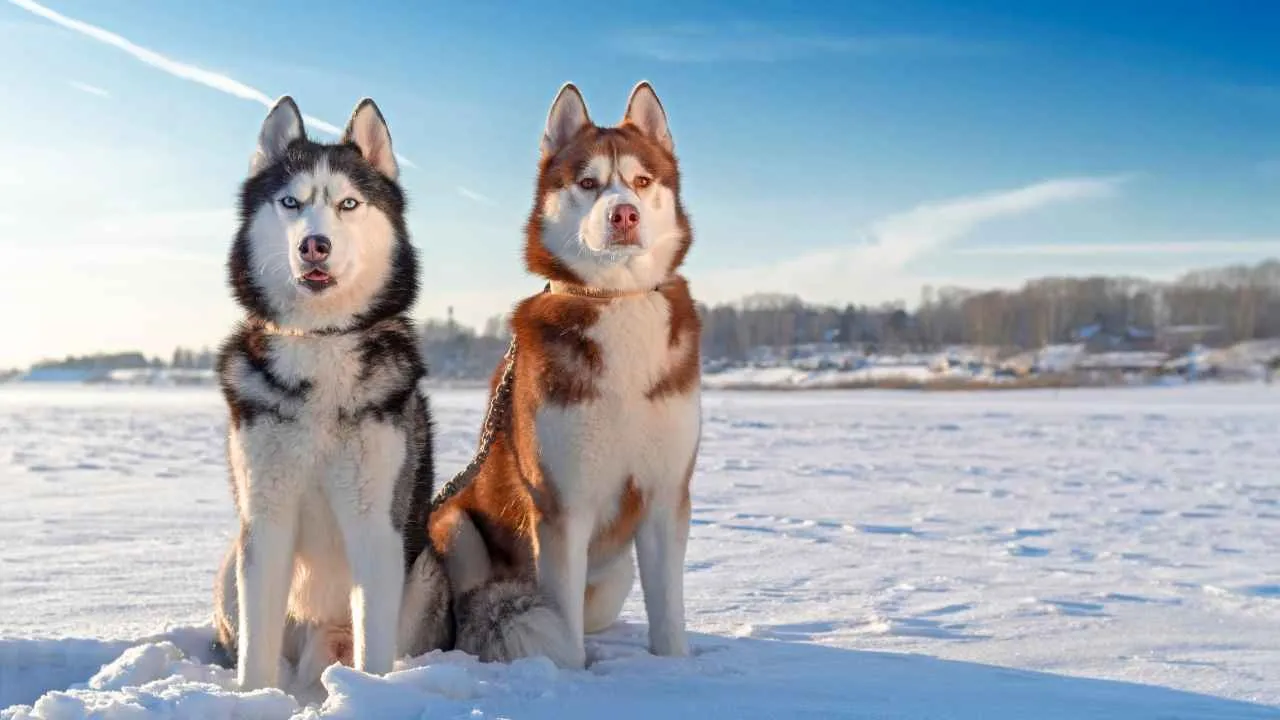
The Siberian Husky’s service legacy is forged in ice and endurance. Originally bred by the Chukchi people for sled pulling in Arctic conditions, Huskies became military assets during World War II, especially for transport and search missions in frozen regions.
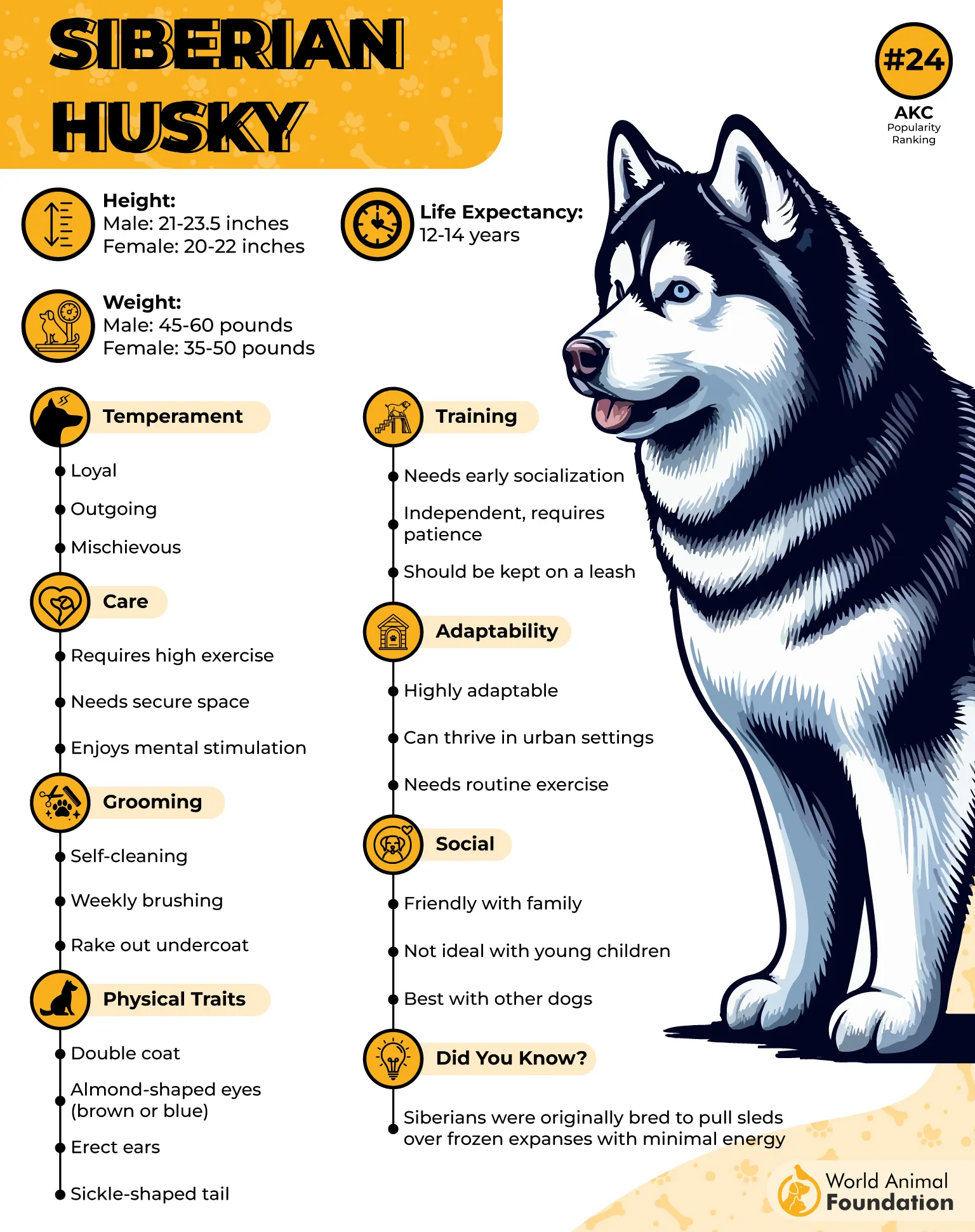
A Husky in action is poetry on snow — strong, swift, and unflinchingly determined. Their stamina and teamwork spirit make them natural-born adventurers and loyal allies to those who brave the cold.
Signature Skills & Strengths:
Exceptional endurance in extreme temperatures
Incredible teamwork and coordination
Acute navigation and directional instincts
Temperament & Bond with Handlers:
Sociable, good-natured, and trustworthy
Responsive to teamwork and clear communication
Deeply bonded through shared missions and routine
In modern service, Siberian Huskies continue to assist in Arctic expeditions and rescue operations, often used by military and research teams.
Here’s the wow moment: During WWII, Huskies in the U.S. Army’s Arctic Search and Rescue Unit were honored for saving downed airmen in sub-zero storms. These icy heroes remind us that courage burns brightest in the cold.
FAQs
1. What makes a dog breed suitable for military or war service?
A dog’s suitability for military service depends on a mix of intelligence, trainability, endurance, and temperament. Breeds like the German Shepherd and Belgian Malinois excel because they can follow complex commands, withstand extreme conditions, and maintain focus during high-stress situations. Their fierce loyalty and strong bonds with handlers make them exceptional in patrol work, detection tasks, and search-and-rescue missions.
2. What happens to military working dogs after retirement?
Once their military roles or patrol duties end, many service dogs are adopted by their former handlers or loving pet parents. Thanks to modern advanced treatment and compassionate adoption programs, these canine companions enjoy peaceful retirements after completing training and years of brave service. Their transition from soldiers to excellent companions is a reward they’ve truly earned.
3. What roles do war dogs play outside the battlefield today?
Today, war dogs continue to serve in detection, guard duty, and rescue missions beyond the frontlines. Many assist law enforcement, protect military bases, and support wounded soldiers as therapy animals. Their high intelligence and friendly nature make them vital in both patrol tasks and emotional healing — proving that their bravery doesn’t end when the battle does.
Conclusion
In every battle and military operation, these remarkable military dog breeds show what courage truly means — loyalty under fire and heart beyond measure.
From search and rescue missions to patrol duties and explosive detection, these canine companions serve alongside soldiers with unmatched loyalty and a strong work ethic.
And while heroes like the Boxer, Alaskan Malamute, and Staffordshire Bull Terrier weren’t spotlighted, their patience, resilience, and naturally protective nature prove every warrior dog is a legend. Want to honor their legacy? Adopt a retired service dog — a true guardian waiting for a home and heart.


